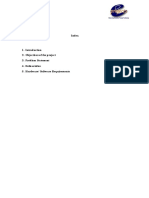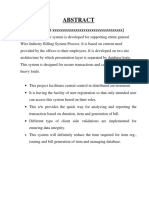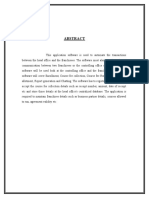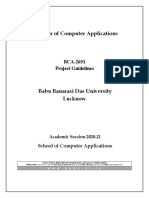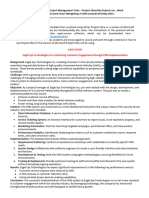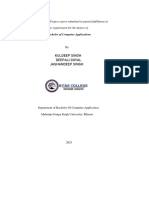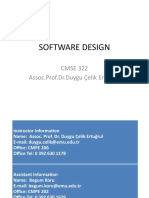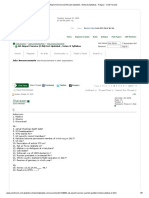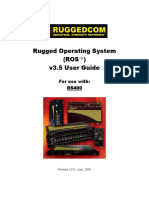0% found this document useful (0 votes)
26 views37 pagesePG-Processing Big Data With Hadoop Technologies - ACE - INTL
The eProject Guide provides a structured approach for students to engage in IT project work, emphasizing the importance of teamwork and practical application of knowledge. It outlines project objectives, deliverables, and detailed steps for successful project execution, including documentation formats and team roles. A case study on Acmeshel illustrates the use of Hadoop technologies for processing big data, highlighting the challenges and proposed solutions for managing semi-structured data.
Uploaded by
tzkusman786Copyright
© © All Rights Reserved
We take content rights seriously. If you suspect this is your content, claim it here.
Available Formats
Download as PDF, TXT or read online on Scribd
0% found this document useful (0 votes)
26 views37 pagesePG-Processing Big Data With Hadoop Technologies - ACE - INTL
The eProject Guide provides a structured approach for students to engage in IT project work, emphasizing the importance of teamwork and practical application of knowledge. It outlines project objectives, deliverables, and detailed steps for successful project execution, including documentation formats and team roles. A case study on Acmeshel illustrates the use of Hadoop technologies for processing big data, highlighting the challenges and proposed solutions for managing semi-structured data.
Uploaded by
tzkusman786Copyright
© © All Rights Reserved
We take content rights seriously. If you suspect this is your content, claim it here.
Available Formats
Download as PDF, TXT or read online on Scribd
/ 37
